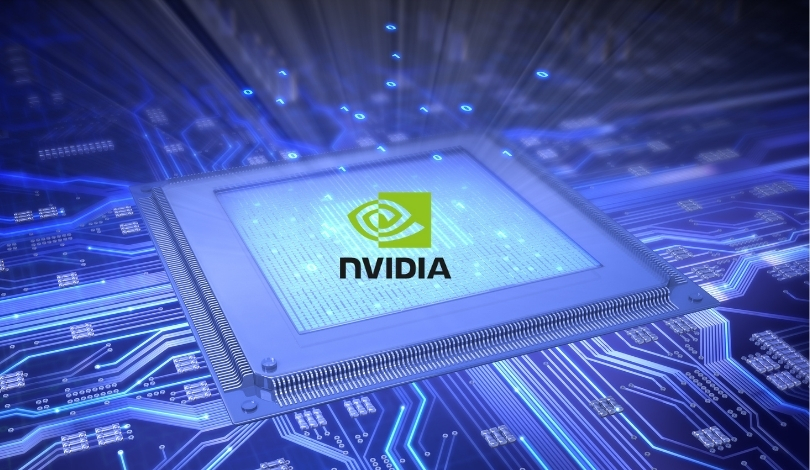Nvidia’s graphics cards have long been central to gaming and creative industries, setting performance standards and influencing user expectations. As information surfaced regarding the upcoming GeForce RTX 5050—specifically related to its video memory—it sparked renewed debate about value in the budget GPU sector. Anticipation for this new card has been matched by anxiety over whether Nvidia will offer significant improvements, or simply iterate on previous generations. Many gamers and PC builders seek clarity as discussions shift between hardware limitations and realistic usage scenarios.
Recent reports have indicated that Nvidia is likely to equip the RTX 5050 with 8GB of GDDR6 VRAM, similar to its RTX 3050 predecessor. Enthusiasts have noticed that this configuration matches what many entry-level GPUs have offered, and some have voiced concern that the update may fall short of needs for current games. Previous news and rumors about Nvidia’s mid-tier and entry products frequently speculated about higher VRAM capacity, with some leaks suggesting possible increases. However, official confirmations remain absent, and the conversation persists about how the RTX 5050 may meet demands at its price point.
What Could 8GB VRAM Mean for Gamers?
If 8GB VRAM becomes the standard for the RTX 5050, performance impacts may be limited for many users at 1080p resolution. Modern games with high-resolution textures and open-world environments sometimes exceed this threshold, but such scenarios often relate to higher settings not typically used on budget hardware. Many players are likely to keep settings modest to match the card’s processing capabilities, so the VRAM decision may not affect all segments equally.
Are Budget GPUs Still a Practical Choice?
Budget GPUs—like the RTX 3050 and potential RTX 5050—remain relevant for those balancing price and performance. Inexpensive cards allow access to current generation features such as ray tracing and DLSS, even if sacrifices are made in resolution or detail.
“Entry-level graphics cards always demand compromises, but they open up PC gaming for wider audiences,”
said a local hardware retailer familiar with user needs. Options for upgraders or new PC builders will still depend on market pricing and competitive offerings from AMD and Intel.
How Are Industry Analysts and Users Reacting?
Industry analysts and community voices express a combination of frustration and resignation. For those tracking the steady rise in VRAM requirements, the RTX 5050’s rumored 8GB allocation appears cautious rather than forward-thinking. Yet, others underline that the overall GPU landscape has not shifted dramatically, with entry cards routinely outfitted with 6GB or 8GB, reflecting manufacturer strategies and price constraints. Social media discussions highlight a desire for transparency from Nvidia as buyers wait for further specification details.
While leaks and rumors play a major role in shaping expectations, users are advised to interpret pre-release information critically. Consumption patterns in the gaming industry often outpace what budget GPUs can handle at higher settings, leading to a gap between expectations and practical experience. Market movements suggest that Nvidia and its competitors prioritize affordability and accessibility, attempting to meet demand without drastically raising costs. The RTX 5050, if launched as projected, will likely appeal to entry-level gamers who do not intend to push hardware limits but still wish to benefit from recent architectural improvements. Careful attention to technical details and honest assessment of one’s needs can help consumers navigate a crowded GPU market more effectively.
- Nvidia’s RTX 5050 rumored to feature 8GB of GDDR6 VRAM.
- Performance impacts at entry-level expected to be modest at 1080p.
- Market still awaits official details and pricing from Nvidia.










